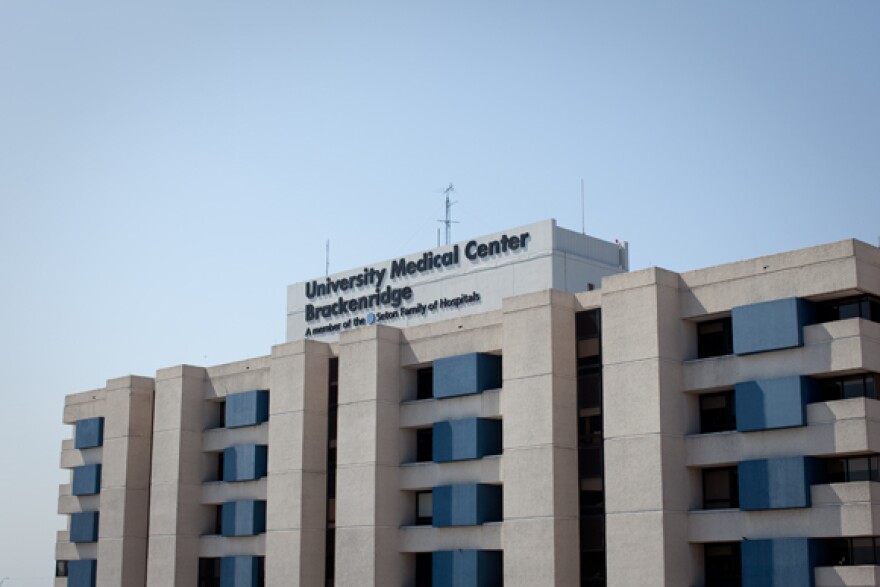Launching a new medical school is a major undertaking. But launching the University of Texas’ new medical school – in tandem with a new model of treating the sick and preventing illness – is even bigger.
When Austin voters approved Proposition 1 last year, increasing the property tax collected by Central Health, the measure was commonly referred to as the medical school initiative. But instead of financing the building of a medical school, taxpayer dollars are going toward a new medical program aiding the uninsured and under-insured. And yes, UT’s Dell Medical School is a part of that.
Here’s a look at who’s paying for what in Austin’s new health care program – including UT’s Dell Medical School, Seton’s new teaching hospital, and Central Health’s expanded health clinics and health care.
- Who’s Paying for the Medical School: UT
On May 9, the UT Board of Regents approved $334 million for construction of the medical school. The Dell Medical School’s construction will be financed in the form of revenue bonds through UT.
Robert Cullick with the Dell Medical School says the investment offers a huge opportunity to change the way people receive medical treatment.
“The whole notion is to change how health care is delivered,” Cullick says. “The old model is we’ll wait for people to get sick and we’ll see them in the emergency room. It’s a very, very poor model both for health and for cost, and people have known that for some time.”
- Who’s Paying for the New Teaching Hospital: Seton
The medical school has a partnership with Seton Healthcare Family, whose plans include a new $245 million teaching hospital. The non-profit hospital chain is scheduled to begin construction on a new hospital in 2014, which will replace Seton’s 1970s-era Brackenridge Hospital.
The medical school will be provided as a place to train doctors and nurses, with the hospital offering a site for future medical professionals to get hands-on training.
It’s arriving at an important juncture, says Central Health’s Juan Garza.
“We know from documented research that we need hundreds of doctors for this area,” Garza says. “We also know that we need to find a different way to provide services and not to simply wait until people are acutely ill.”

- Where Austinites’ Tax Dollars Go: Central Health
After Prop 1’s passage, Austin homeowners are paying increased property taxes to Central Health, the area’s indigent healthcare district. The estimated $35 million voters approved in November will go toward medical services for Austin’s uninsured and under-insured, purchased through the medical school. Central Health also envisions new, modern health clinics being placed throughout Austin neighborhoods.
Central Health has sought additional federal funds in the form of a special Medicaid waiver. For every local tax dollar put toward medical care and prevention, an extra $1.40 is given to the region by the federal government – which will be used to finance expanded health care.
“We are told that our proposal is fairly unique in creating the integrated delivery system,” Garza says.
- More Funding Sources: UT System & Private Donations
Funding for the project doesn’t stop there. The Michael and Susan Dell Foundation will be providing $50 million over the next 10 years for medical school operating expenses. This comes in addition to $25 million pledged annually by the UT Board of Regents.
Cullick believes the school has the potential to be self-sufficient.
“The feeling was, from a strategic point of view, that we would be getting a much bigger bang from the dollars than we now do in research,” Cullick says. “This system would essentially operate itself, to a great extent, once we get the funds from the private sector and the local community.”
Garza sees the benefit of this new system as one where the public will pay less for medical care and treatment.
“I can tell you that to get in to see a specialist is tough,” he says. “You have to wait weeks, if not months to go see one. That’s something that will be fixed over a period of time, it won’t happen from one day to the next, but the medical school will result in that gap being narrowed.”





